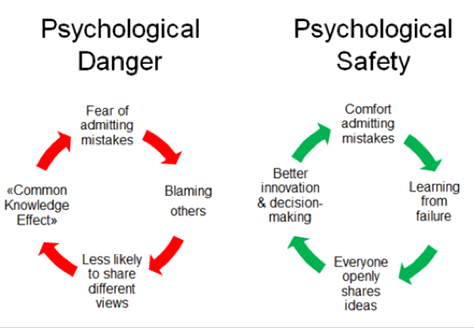Detailed, personal, honest narratives drew the students in, humanizing famous scientists and enabling students to relate to them better. Students realized that achievement was not a result of innate talent and foresight, but a product of hard work, iterative refinement, and persistent motivation.
Failure Forces Reflection
Failure forces us to pause and reflect, allowing us to pivot and refocus on success. During Qualtrics’s Experience Week 2017, Stuart Butterfield, Slack’s CEO, discussed how he created two well-known, extremely successful products: Flickr and Slack. “The bad news is that they are close to impossible to replicate. Both are pivots from failed massively multiplayer games.”
Initially, his goal had been to create a multiplayer game, but the game was hard to explain to investors and didn’t prove commercially viable. So, instead of accepting defeat, he and his team decided to pivot and use the technology they’d built to create Flickr. Later, after Yahoo bought Flickr, Butterfield decided to try building his game once again.
“This time we couldn’t fail. Technology had advanced. Servers were really cheap compared to 2002; way more people [were] online. We were all better at what we did. There’s all this great open source software. The network had spread from a couple people having dialup at home to more or less [ubiquitous] broadband. And [we] failed again. But we spent three and a half years on it, and we had a cross-disciplinary team.”
Instead of being discouraged by yet another failed attempt, Butterfield saw this letdown as an opportunity to reevaluate his goals and see how he could use their years of work and cross-functional skills in a different way. He acknowledged failure and used it to prompt reflection, deciding to pivot to a communications platform. And it worked. Slack currently has over six million active users daily; nine million on a weekly basis.
Ryan Smith, Co-founder and CEO of Qualtrics, who led this interview with Butterfield summed things up: “It’s typically after the third, fourth, fifth, sixth iteration that you actually come upon something great. I think if that doesn’t exist, then you’re always going with the first or the second, [and] you don’t actually ever do anything.”
We must not become wedded to our first ideas. Instead, we need to watch constantly for signs of failure and be willing to adapt and change our goals based on external feedback.

